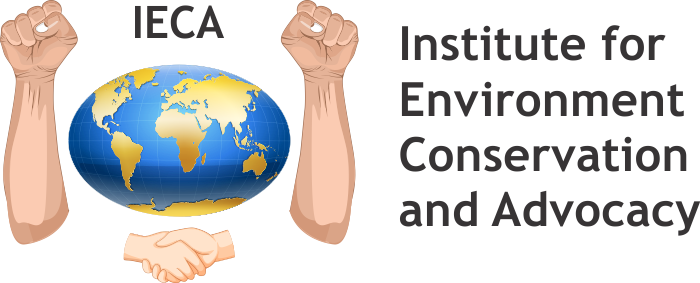Water and sanitation education plays a crucial role in promoting public health, hygiene, and environmental sustainability. Here's how to effectively educate communities about water and sanitation:
- Raise Awareness: Start by raising awareness about the importance of clean water and sanitation for health, well-being, and economic development. Use various communication channels such as community meetings, posters, flyers, radio broadcasts, and social media to reach a wide audience.
- Hygiene Promotion: Educate community members about proper hygiene practices, including handwashing with soap, safe food handling, and menstrual hygiene management. Demonstrate correct techniques and emphasize the importance of hygiene in preventing waterborne diseases.
- Water Quality and Treatment: Provide information about water sources, water quality testing, and treatment methods to ensure safe drinking water. Teach community members how to properly treat water at home using methods such as boiling, filtration, or chlorination.
- Sanitation Facilities: Educate communities about the importance of sanitation facilities such as toilets, latrines, and handwashing stations. Promote the construction and use of hygienic sanitation facilities to prevent the contamination of water sources and reduce the spread of diseases.
- Environmental Protection: Teach community members about the importance of protecting water sources and maintaining proper sanitation practices to safeguard the environment. Encourage initiatives such as waste management, watershed protection, and ecosystem restoration to ensure long-term sustainability.
- School-based Education: Integrate water and sanitation education into school curricula to reach children and youth. Teach students about water conservation, sanitation practices, and hygiene behaviors through interactive lessons, educational materials, and school-based projects.
- Community Participation: Engage community members in the planning, implementation, and monitoring of water and sanitation initiatives. Empower local leaders, women's groups, youth organizations, and other stakeholders to take ownership of water and sanitation projects and promote behavior change within their communities.
- Training and Capacity Building: Provide training and capacity-building opportunities for community members, local health workers, and sanitation promoters. Equip them with the knowledge and skills needed to promote good hygiene practices, maintain sanitation facilities, and respond to water-related emergencies.
- Behavior Change Communication: Use behavior change communication strategies to promote positive hygiene behaviors and sanitation practices. Utilize culturally appropriate messages, storytelling, role-playing, and peer-to-peer learning approaches to influence attitudes and norms related to water and sanitation.
- Monitoring and Evaluation: Establish monitoring and evaluation mechanisms to assess the impact of water and sanitation education interventions. Track key indicators such as access to safe water, sanitation coverage, hygiene behaviors, and health outcomes to measure progress and identify areas for improvement.
By implementing comprehensive water and sanitation education initiatives, communities can empower individuals to make informed decisions about water and sanitation practices, leading to improved health, well-being, and environmental sustainability.

 Call :
Call :